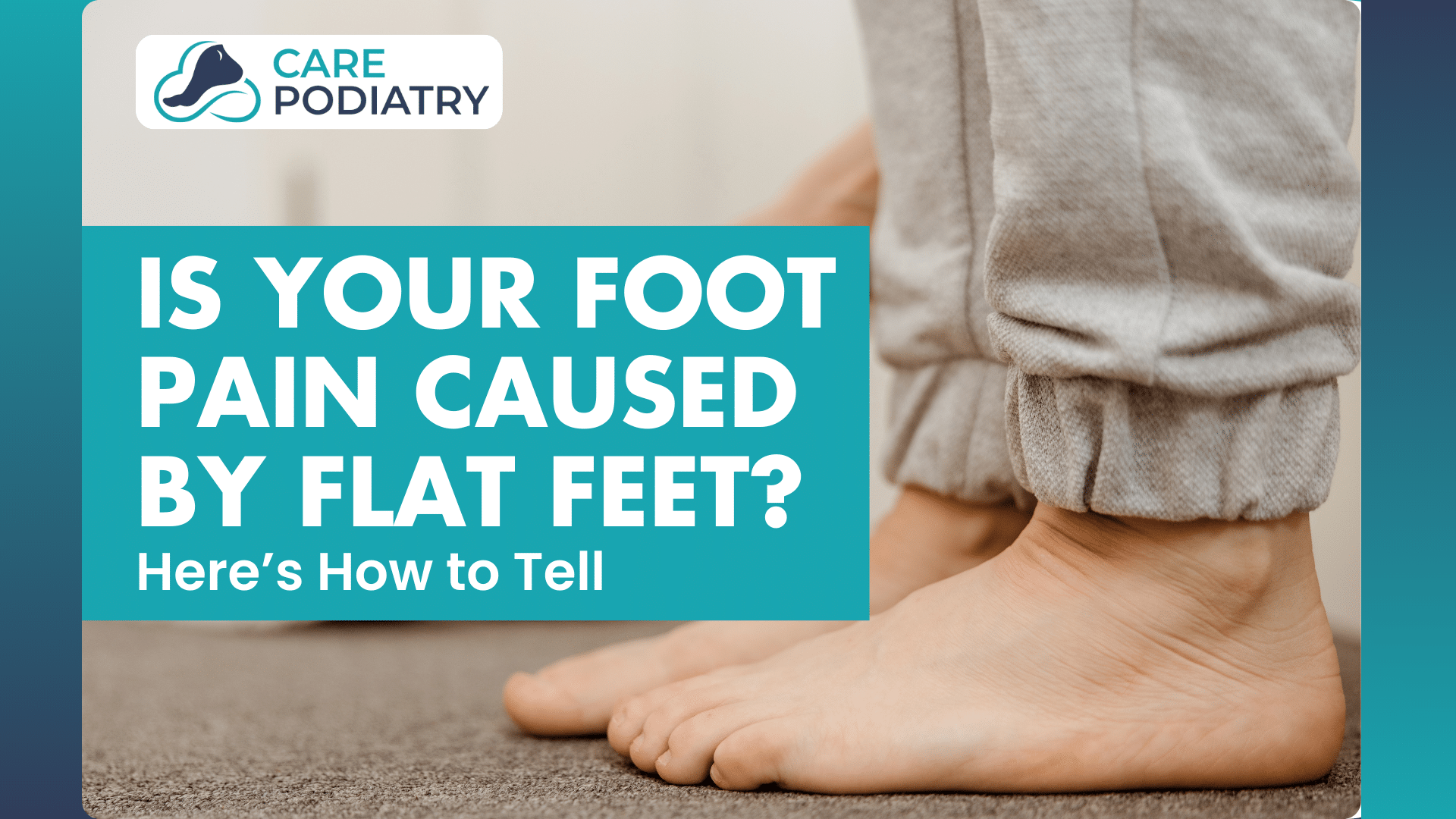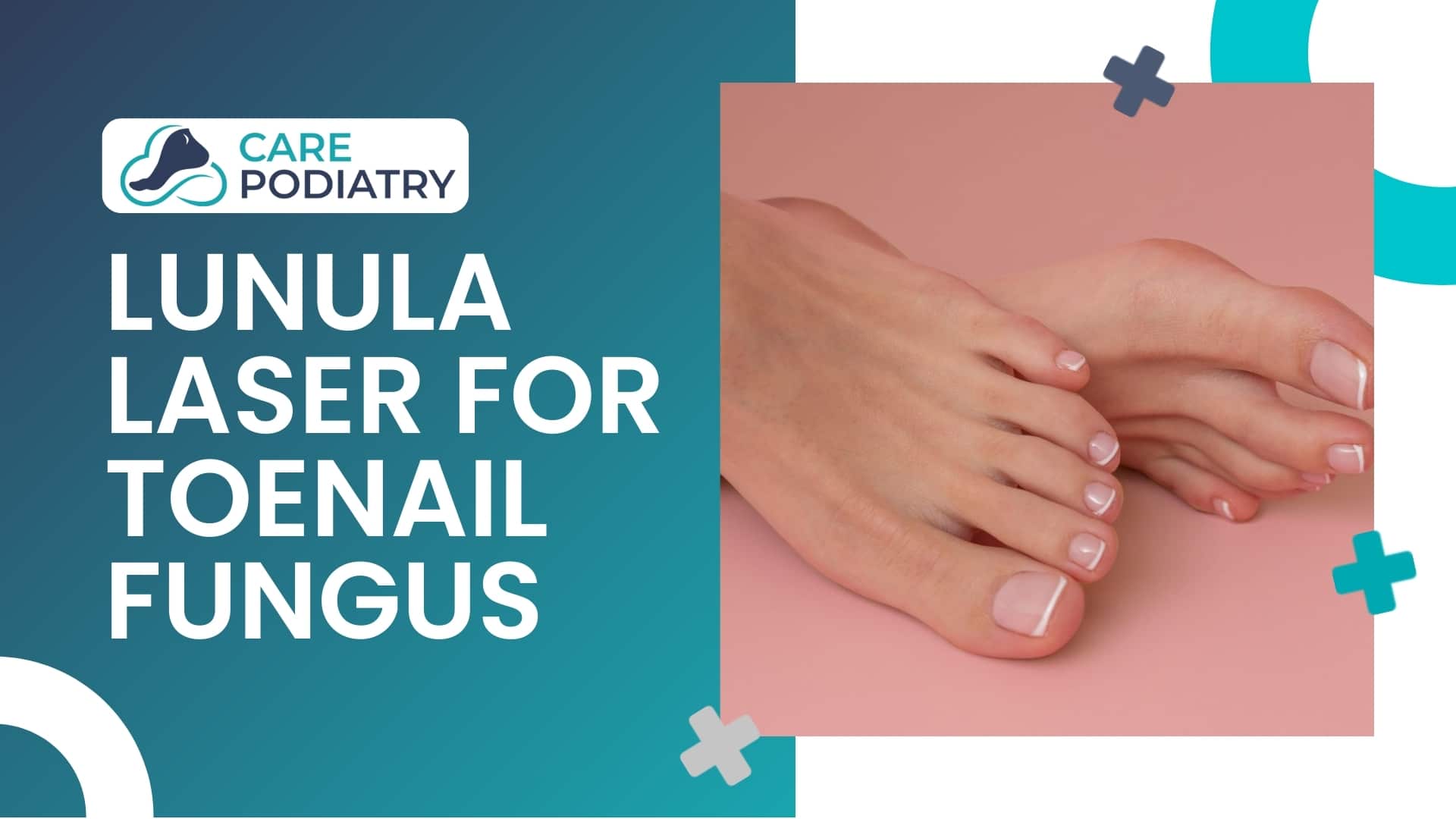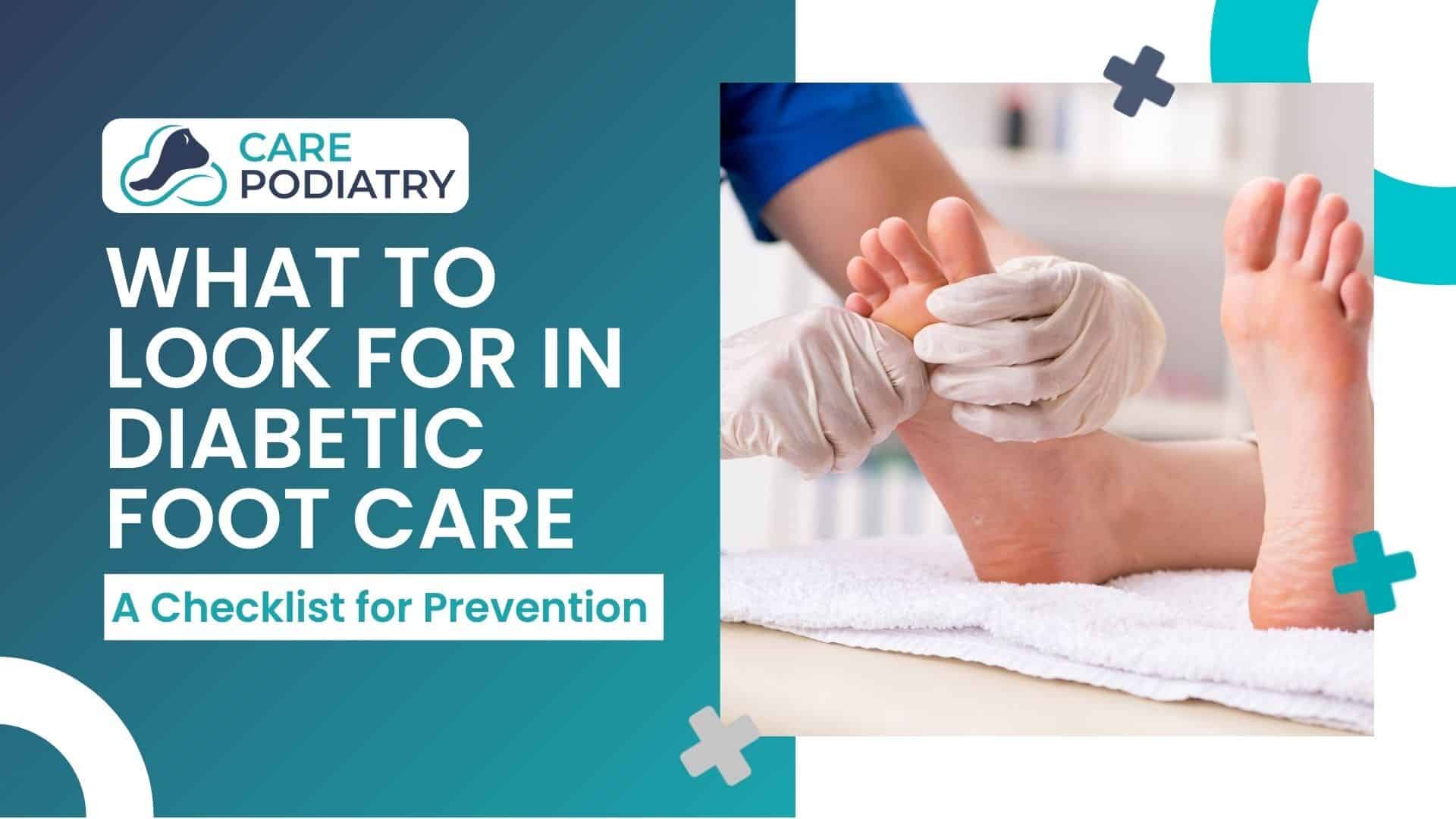Foot pain may creep in slowly into your life slowly and result in discomfort even in simple activities. In many cases, an injury is not the cause but rather an underlying condition, such as a flat fee, that many individuals do not know they have.
Approximately 20-30 percent of the population has flat feet, but most of this population is unaware that the cause of their regular foot pains is flat feet.
In this blog, we will discuss what flat feet are, how to detect them, and when to ask a professional to help you.
What Are Flat Feet?
Flat feet, also called fallen arches, occur when the arches of your feet collapse, causing the entire sole to come into contact with the ground. In some people, this condition causes no problems at all. In others, it can lead to discomfort, swelling, fatigue in the feet and legs, and even posture or alignment issues that affect the knees, hips, or back.
There are two main types of flat feet:
- Flexible flat feet: The arch appears when you’re sitting or lifting your foot, but it flattens when you stand and put weight on it.
- Rigid flat feet: The arch is always absent, regardless of posture or whether weight is applied.
Flat feet may be present from childhood or develop over time due to injury, obesity, aging, or medical conditions like arthritis. A proper diagnosis helps determine if treatment is needed, ranging from supportive footwear and physical therapy to medical intervention in severe cases.
Why Flat Feet Can Cause Pain
With the collapse of your arches, your feet lose their natural shock absorption. This puts additional pressure on:
- Ankles causing unsteadiness or inward rolling of the ankle. Ankles causing instability or rolling inwards
- Knees result in malalignment and joint aches
- Lower back because of variations in gait and body posture
Read more about heel pain from plantar fasciitis.
Untreated flat feet may, over time result in developing other conditions such as plantar fasciitis, bunions, and even shin splints.
How to Tell if You Have Flat Feet
Although a podiatrist can diagnose you with certainty, you can check at home in a few ways:
1. The Wet Foot Test
One of the simplest ways to get home is to moisten the sole and step on cardboard or paper. Flat feet are probable when the footprint appears nearly complete, except that the curved arch is absent.
2. Observe Your Foot Shape While Standing
Stand straight, looking in a mirror, and take a look at the backside of your foot. In case you are touching the floor with no apparent gap, your arches might not be present.
3. Look for Shoe Wear Pattern
Examine your shoes for wear. Excessive wear along the inside edge often signals overpronation, a walking pattern associated with flat feet, and can help indicate possible arch collapse.
Common Symptoms of Flat Feet
Not all flat-footed persons experience pain, and when the pain occurs, it can be in the following form:
- Recurring foot pain: This might be experienced in the arch, heel, or ankle, particularly after having stood or walked long distances.
- Swelling around the inside of the ankle: Induced by pressure on the tendon and ligaments.
- Leg or foot fatigue: A tired or heavy feeling in the lower limbs caused by poor shock absorption.
- Inability to stand on tiptoe: Weakness or pain when attempting to raise the heels.
- Hip or lower back pain: Changes in posture may cause your flat feet to affect your upper body alignment and create pain there.
Risk Factors for Developing Flat Feet
Flat feet are acquired or congenital. Flat feet are more likely to be noticed in a person when:
- Family history: There can be involvement of genetics in the family history of arch structure, all of which can predispose to flat feet.
- Overweight body weight: Excessive pressure on arches when having an overweight status can lead to collapse.
- Previous foot or Ankle damage: Arch support may also be impaired by former damage to tendons, ligaments, or bones.
- Medical conditions: Arthritis and diabetes may also lead to structural alteration and feeble muscles of the feet.
- Lack of support shoes: People with flip-flops or over-worn sneakers do not have the arch support, which makes the pronation worse and uncomfortable.
Flat Feet vs. Normal Arches
Here’s a quick comparison to understand the difference:
| Feature | Normal Arch | Flat Foot |
|---|---|---|
| Arch Shape | Curved, visible gap between the inner foot and the floor | Little to no gap, full contact with the floor |
| Shock Absorption | Natural spring in step | Reduced shock absorption |
| Footprint in Wet Test | Narrow curve inward | Wide, full imprint |
Can Flat Feet Be Treated?
Flat feet don’t always require treatment if they’re not causing discomfort. However, if you have pain or mobility issues, a podiatrist may recommend:
- Custom orthotics to support arches and improve alignment
- Supportive footwear with firm midsoles and arch support
- Stretching exercises for the Achilles tendon and calf muscles
- Physical therapy to strengthen foot and ankle muscles
- Anti-inflammatory medication for pain relief
- Surgery in severe or rigid cases, though this is rare
When to See a Podiatrist
You should book an appointment if:
- Pain persists for more than a few days
- Swelling or redness develops around the arch or ankle
- You notice changes in how you walk
- Your shoes wear unevenly despite being new
Early diagnosis can prevent complications and help you return to comfortable movement faster.
Living Comfortably With Flat Feet
Most of those with flat feet lead active pain-free lives with proper care. Footwear that supports your feet, healthy weight, and stretching exercises on a regular basis can do a great deal of good in relieving pressure on your feet.
Being familiar with the symptoms and receiving treatment early can avoid developing a long-term problem.
Get closer to a pain-free range of movements. Book an appointment with Care Podiatry now and get advice focused on your feet.
Frequently Asked Questions
Do my feet hurt because I have flat feet?
Yes, flat feet may lead to pain because they exert strains on your foot muscles, ligaments, and joints at the feet, ankles, and legs. There is no arch support, which worsens walking/standing/running with increased stress.
What will help me know that I am flat-footed?
Use the wet foot test, look at your arches when standing straight, or uneven shoe wear. The diagnosis can be verified with the help of a physical examination and imaging, provided by a podiatrist.
At what age is flat-footed?
By the age of 6, arches usually form, and most kids no longer have flat feet. When the condition is not resolved at the time of adolescence or adulthood, then this is a permanent aspect, although it is not necessarily painful or a problem.
Which celebrities are flat-footed?
Usain Bolt and Adele are reported to be some of the famous people with flat feet. It has not stopped them as they have produced good results in their respective fields, proving that flat makes no barrier to performance, especially when addressed properly.
Who is likely to have flat feet?
Individuals having a family history, excessive body weight, and having suffered injuries previously or suffering from some specific medical conditions such as arthritis and diabetes may be at a higher risk of having flat feet when such individuals wear weak shoes too often.



